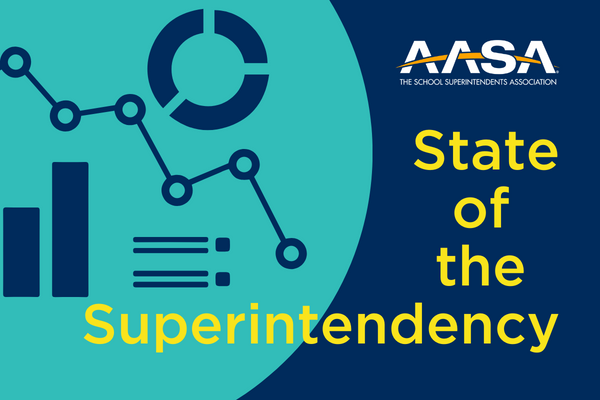Driving Operational Clarity and Systemic Results
April 01, 2025
Four leadership habits, captured by a Studer Education coach, that are worth the long-term commitment

Fragmented initiatives bleed energy. It’s tough for school system leaders to wade through the daily task list and know their work will drive real impact.
Leaders capable of aligning efforts to improve results are able to hardwire a few common habits and effective processes. Based on my recent work with dozens of organizational leaders, I have found these to be the habits worth focusing on:
Commit to service excellence.
Measure the important things.
Use evidence to align and adjust execution.
Own responsibility to communicate with care.
Commit to service excellence.
This Content is Exclusive to Members
AASA Member? Login to Access the Full Resource
Not a Member? Join Now | Learn More About Membership
Author
Sample of a School District’s Balanced Scorecard
Strategic plans set a common vision for an organization. By using an evidence-based scorecard, we can measure what matters most to assess impact within a school or school district.
A scorecard guides our efforts, grounds problem solving, assesses progress and deepens commitment from participating team members.
When my colleagues and I coach leadership teams in a school district, we start with a few key questions:
What does success look like and feel like to those you serve?
How will you know how you are doing — in both the short term and long term?
What high-leverage strategies and key actions will you test to get closer to your goals?
This isn’t about creating a strategy to-do list. Long-term targets and short-term goals are linked to defined strategic priorities and guide cycles of improvement. Staff teams test strategies for impact, then pause to make adjustments every 45 to 90 days. School and department teams align one to three priority goals based on their current performance to work as one team in moving the system forward.
Information on linking the strategic planning process to an evidence-based scorecard can be found at www.studereducation.com.
— Pat Greco

Advertisement
Advertisement
Advertisement
Advertisement




